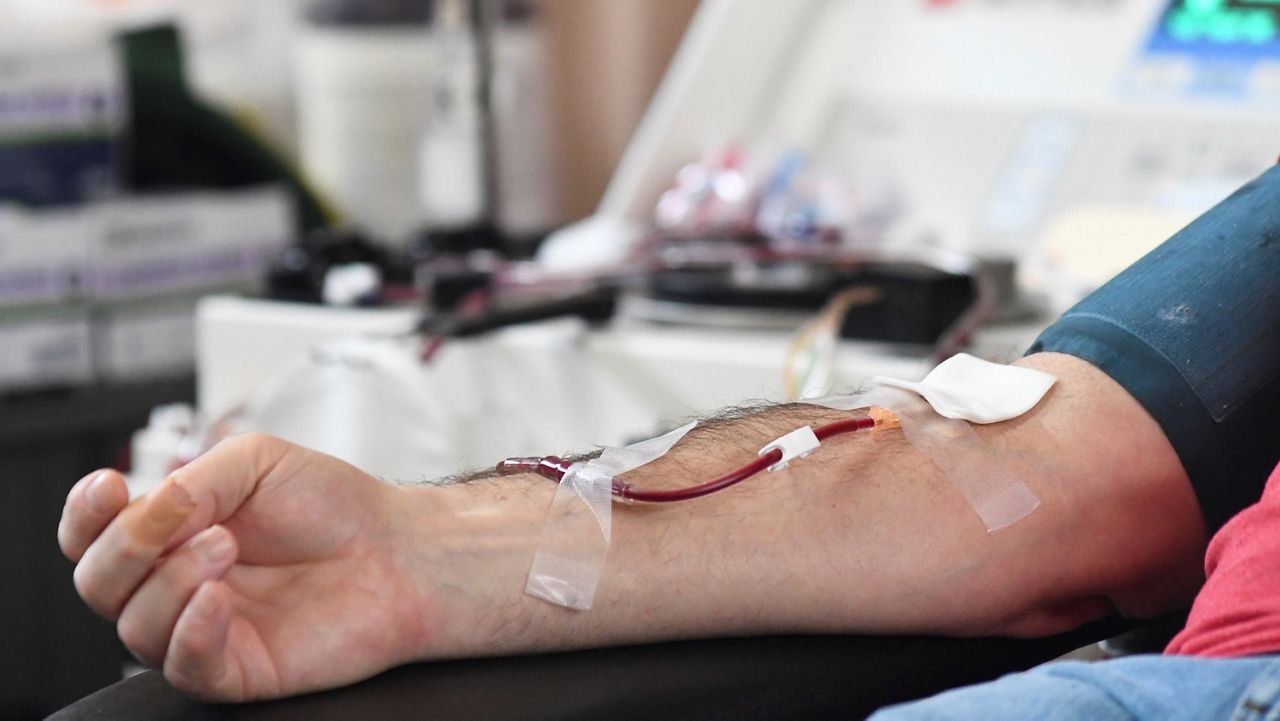Blood
What happens to your blood after you donate? The Red Cross explains
BUFFALO, N.Y. — According to the American Red Cross, there is a national blood shortage right now as supply has fallen by 25% since August. When you hear national, does that make you think this doesn’t impact your community? If so, let’s bring it home a bit.
Put it this way, thank goodness the American Red Cross is a national organization that can get blood from anywhere if they need it. Right now, there is a shortage of Type O negative blood, which is critical to have on hand because it’s universal and used when someone comes into the ER.
At the Red Cross donation center in Cheektowaga, it’s prep time ahead of the 38 people heading in to give life.
“Then the fireworks start,” Shawn O’Hargan, regional market manager, American Red Cross, said.
O’Hargan laughed, but it’s true. Those fireworks are a lifeline. Across the U.S. daily, there are 5,600 people who get blood from the Red Cross donations.
But how does the blood get from here to the hospital?
The first step is a trip to a processing center.
“[This is] where they’re processed into different prescription-based products,” O’Hargan said.
That means they sort it by type. If you didn’t know, blood is considered a drug. To get it, you need a prescription.
“The whole blood is spun,” O’Hargan said. “And when you spin a unit of whole blood, it separates into three different units. You have your red cells, your plasma, and your platelets.”
That’s where the saying a unit of blood can save three lives comes from. White blood cells are taken out, however.
“You don’t want transfer any white blood cells that have been fighting infection in someone’s body, transfer it to somebody else,” O’Hargan explained.
This is all the simple version of what takes place immediately after blood is given. It’s a quick process.
The shelf life of blood is just 42 days.
“So, we always say it’s the blood on the shelf today that’s going to save an accident victim,” O’Hargan reiterated.
Plasma can be freeze dried for up to a year. Platelets are only good for five days. That’s another item in short supply. It’s considered liquid gold.
“Platelets are very crucial in treating cancer patients,” O’Hargan said.
It’s typically used within a day of the donation. On that note, it only takes an hour to give.
That process can start in the palm of your hand. The Red Cross has an app where you can make appointments and fill out paperwork. It also gives you your health history, and where your blood went.
Here are the requirements to give blood:
- You can give blood every 56 days
- Platelet donations can take place every seven days
- Plasma donations are every 28 days
- Also, You must be in good health and feeling well
- You must be at least 16-years-old
- You must weigh at least 110 lbs

